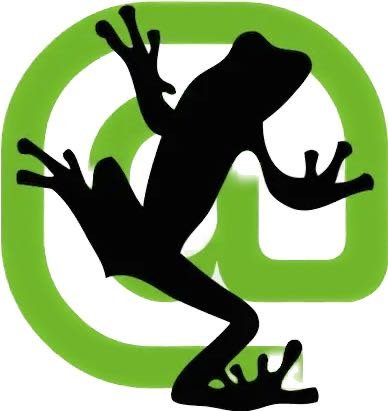Participating in the content inventory activity using SEO Frog was an eye-opening experience. It was my first time diving into such a comprehensive analysis of a website’s content, and it gave me a new appreciation for the behind-the-scenes work that goes into optimizing a site’s performance.
What We Did
The activity began with setting up SEO Frog, a tool I had heard about but never used before. We configured it to crawl a website, extracting data like URLs, meta descriptions, titles, and even identifying broken links or redirect issues. Running the crawl felt like peeling back the layers of a website—seeing it not as a polished front-end but as a collection of structured data.
Once we had our results, the real work began. I analyzed the inventory to spot gaps, inconsistencies, and opportunities for improvement. For example, I noticed several pages lacked meta descriptions, which explained their poor visibility in search rankings. Broken links were another common issue, and it was clear how they could hurt the user experience.
From there, I got to identify issues regarding
—Readability
—Meta Descriptions
—Text Ratio
—H1 Headings
Based on the issues identified by SEO screaming frog, I also manually identified several issues regarding the layout and accessibility of the website.
Reflection
This activity showed me the value of a detailed content inventory for maintaining a website's health. I learned how SEO Frog can simplify this process, presenting data in a way that’s easy to interpret and act on. More importantly, it reinforced the importance of having a strategy behind content creation and maintenance—not just writing for the sake of it but ensuring that every piece serves a purpose.




